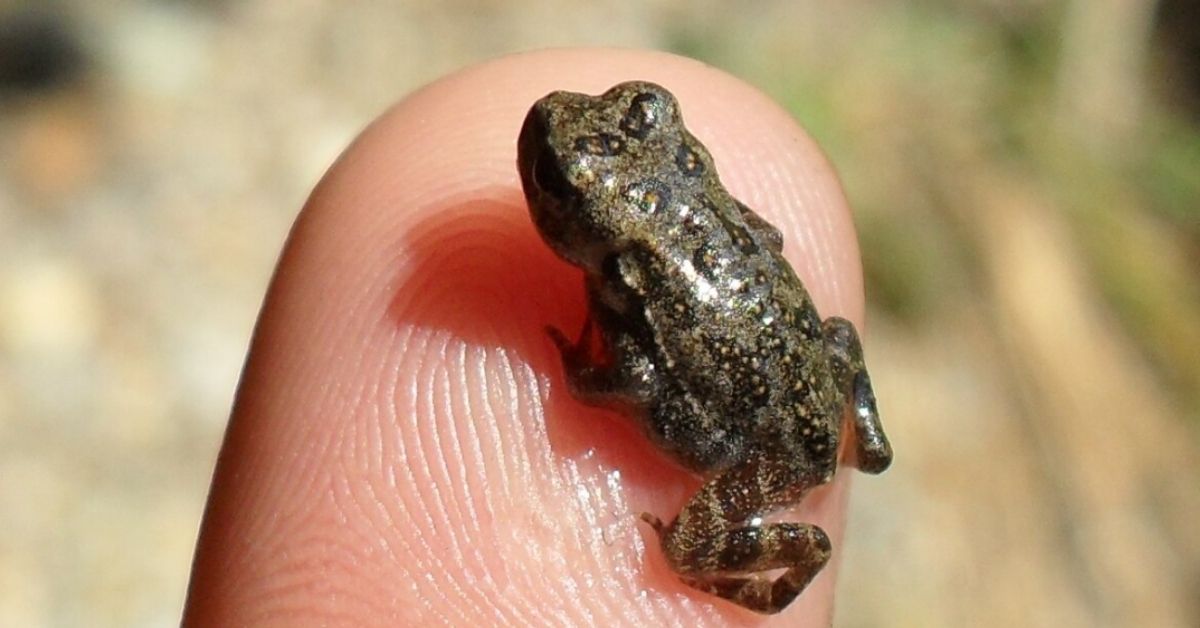In southern Africa, leopards have long been harvested for their beautiful spotted furs. These coveted furs are often used in ceremonial regalia by cultural and religious groups in the area, making it difficult to address the dwindling wild cat population in the area.
Bridging the gap between animal conservation and cultural heritage, Panthera — a global wild cat conservation organization — has partnered with area communities and world-class designers to instead distribute synthetic furs for ceremonial garb.
This approach is ground-breaking and shows potential to be replicated in other areas of the world. In fact, new data shows that these initiatives have tripled the leopard population in the region.

It started in 2013 when Panthera began its Furs For Life program when it was discovered that members of the Shembe Church were using as many as 15,000 leopard furs during religious gatherings.
Working with the Shembe community, Panthera created high-quality (and affordable!) synthetic leopard fur capes — amambatha — known as Heritage Furs. Since then, more than 18,500 capes have been distributed.
In 2019, Panthera extended these efforts with the Saving Spots initiative. The program was created in conjunction with the Barotse Royal Establishment of the Lozi people with the mission to preserve rich cultural traditions and declining wild cat populations.
Every year, hundreds of Lozi community members wear lipatelo, elaborate full-length skirts made of leopard and other animal furs, as well as mishukwe, lion-mane trimmed berets, as they gather for the Kuomboka Festival.

“We had a worry: If the animals are no longer there, what will happen to the tradition?” Maswabi Lishandu, Panthera’s community engagement officer, said in a video.
“The Lozi people are actually conservationists, and they realize when something is going wrong,” Professor Andrew Nambota, the Peace Parks Foundation country manager of Zambia, continued. “With the dwindling number of leopards, the best is to find an alternative.”
Since implementing the Saving Spots program, the Barotse Royal Establishment has switched to over 1,350 synthetic fur lipatelo and 600 synthetic fur mishukwe. At a recent Lozi gathering, nearly 70% of participants wore garments of synthetic furs.
The idea was to maintain the sacred relationship the Lozi people have with these animals. By using a high-accuracy design, these synthetic furs have become trusted regalia to pass through future generations — all without causing harm to the animals they revere.
“It is important to conserve nature. If you don’t take care of nature, then you are headed for doom,” Lubinda Nyaywa, the chairperson of the Mwandi Council District said. “It’s a learning process for our young generations, teaching them that they must preserve, one, their culture, and, two, their natural resources.”
With the support of both the Lozi and Shembe leaders, affordable synthetic furs are gaining increased acceptance and popularity as alternatives to authentic furs. Some groups have even banned the use of authentic wild cat skins at future gatherings.
This, in turn, majorly contributes to the protection and stabilization of wild cat populations in the region.
As mentioned, new data suggests that Saving Spots has helped triple leopard densities in the southern region of Kafue National Park.

In 2019, estimates counted 1.5 leopards per 100 square kilometers, and in 2022, researchers saw a boost to approximately 4.4 leopards per 100 square kilometers.
Saving Spots, which is supported by Cartier and Peace Parks Foundation, also fuels educational conservation outreach and a robust leopard monitoring program in Zambia, Zimbabwe, and Namibia.
“You can imagine how many leopards, how many lives, we’re going to save,” Nambota continued in the video. “I think it’s really wonderful to be part of such a story. We hope it can spread to the rest of the country.”
Header image courtesy of Gareth Whittington-Jones/Panthera





